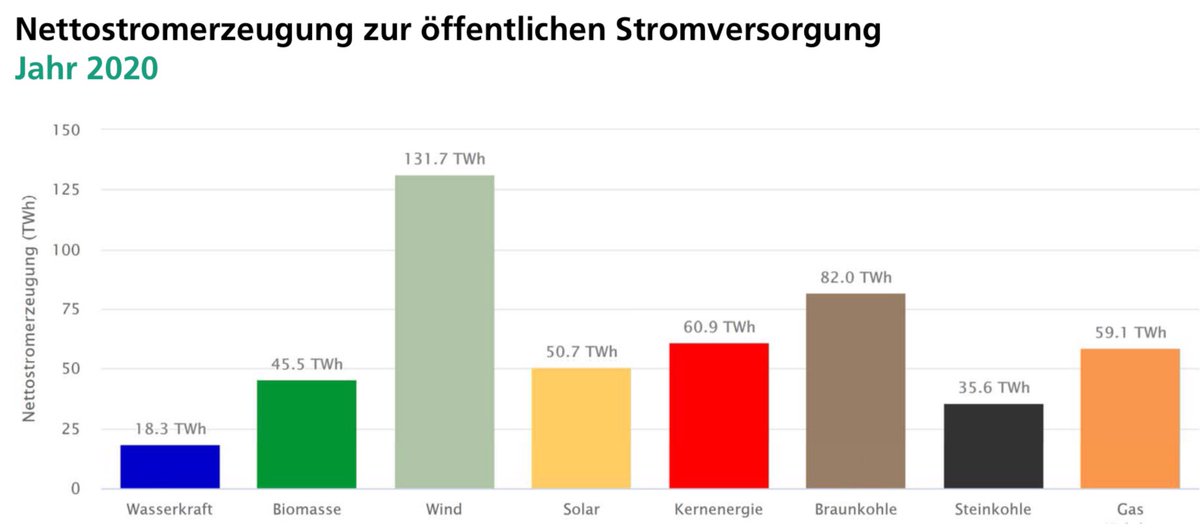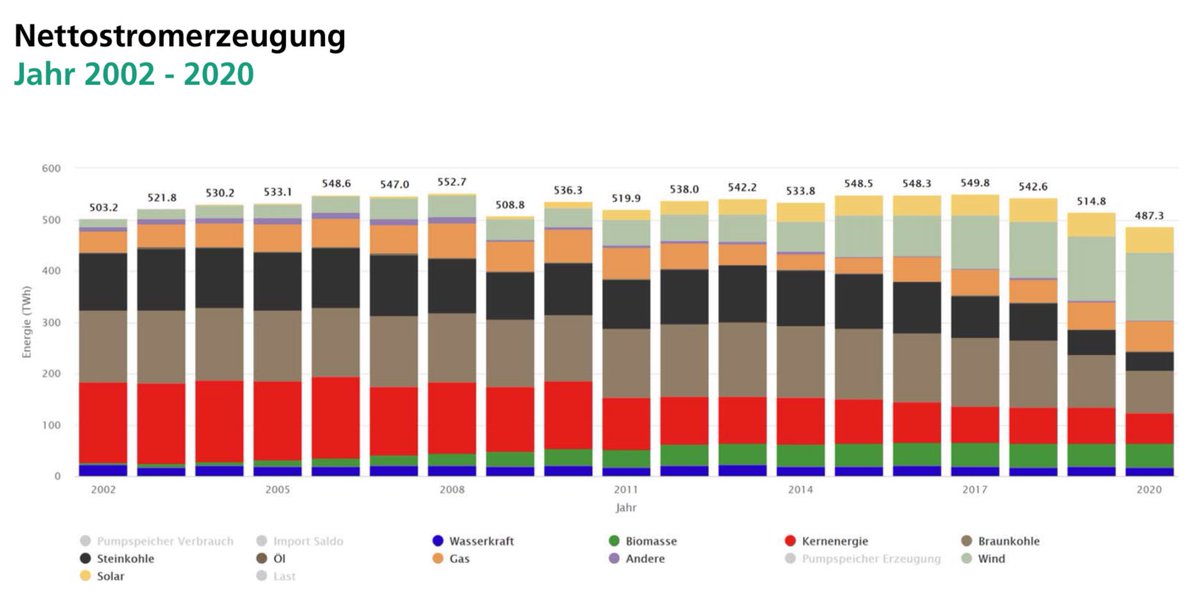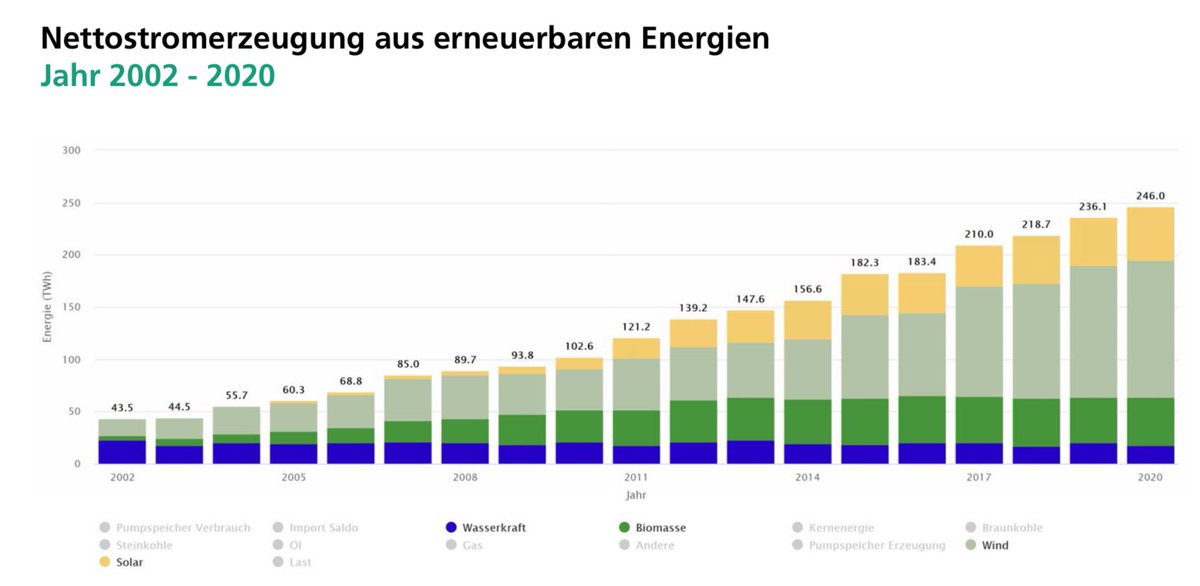
Cost overruns and delays building up for UK’s Hinkley Point C nuclear power station. Total cost now estimated at £23 billion in 2015 pounds, that’s around £26.6 billion in today’s money = €30.1 billion, or €9,400 per kW. ft.com/content/fbc43d…
Hinkley Point C’s completion date has been pushed back by another 6 months, to mid-2026, that’s 5.5 years from now.
In October 2013, UK govt expected the plant to be completed in 2023. Construction started in December 2018.
In October 2013, UK govt expected the plant to be completed in 2023. Construction started in December 2018.
“EDF will turn on its first nuclear plant in Britain before Christmas 2017 because it will be the right time,” Vincent de Rivaz, then its UK chief executive, promised in 2007. “It is the moment of the power crunch. Without it the lights will go out.”
thetimes.co.uk/article/has-nu…
thetimes.co.uk/article/has-nu…
The UK will pay EdF £92.50 per MWh of Hinkley Point C’s electricity, but that’s in 2012 pounds, so indexed. Today, it would already be £109.95 = €124.30.
By the time the plant starts operation, this will of course be more, and then it will go up for another 35 years.
By the time the plant starts operation, this will of course be more, and then it will go up for another 35 years.
Because of the rapidly increasing offshore wind capacity in the UK and other North Sea countries (~80 GW by 2030), Hinkley Point C’s electricity will have close to zero value in an increasing number of hours. In those hours, the full guaranteed amount per MWh will be subsidy.
When the guaranteed price for Hinkley Point C's nuclear electricity was agreed, in 2013, the £92.50/MWh appeared 35% cheaper than offshore wind. Today, the £110/MWh is 150% more expensive than new offshore wind.
https://twitter.com/Sibling63/status/1354689054810451968?s=19
Since UK govt has essentially guaranteed EdF 35 years of revenues of at least £2.75 billion as long as they run the plant for 8,000 hours/year, half a billion overruns here or there aren't necessarily killing for its business case.
Assuming the average indexed strike price over those 35 years (2026-2061) will be around £160 per MWh, that's guaranteed revenues of £143 billion. A decent amount!
• • •
Missing some Tweet in this thread? You can try to
force a refresh









